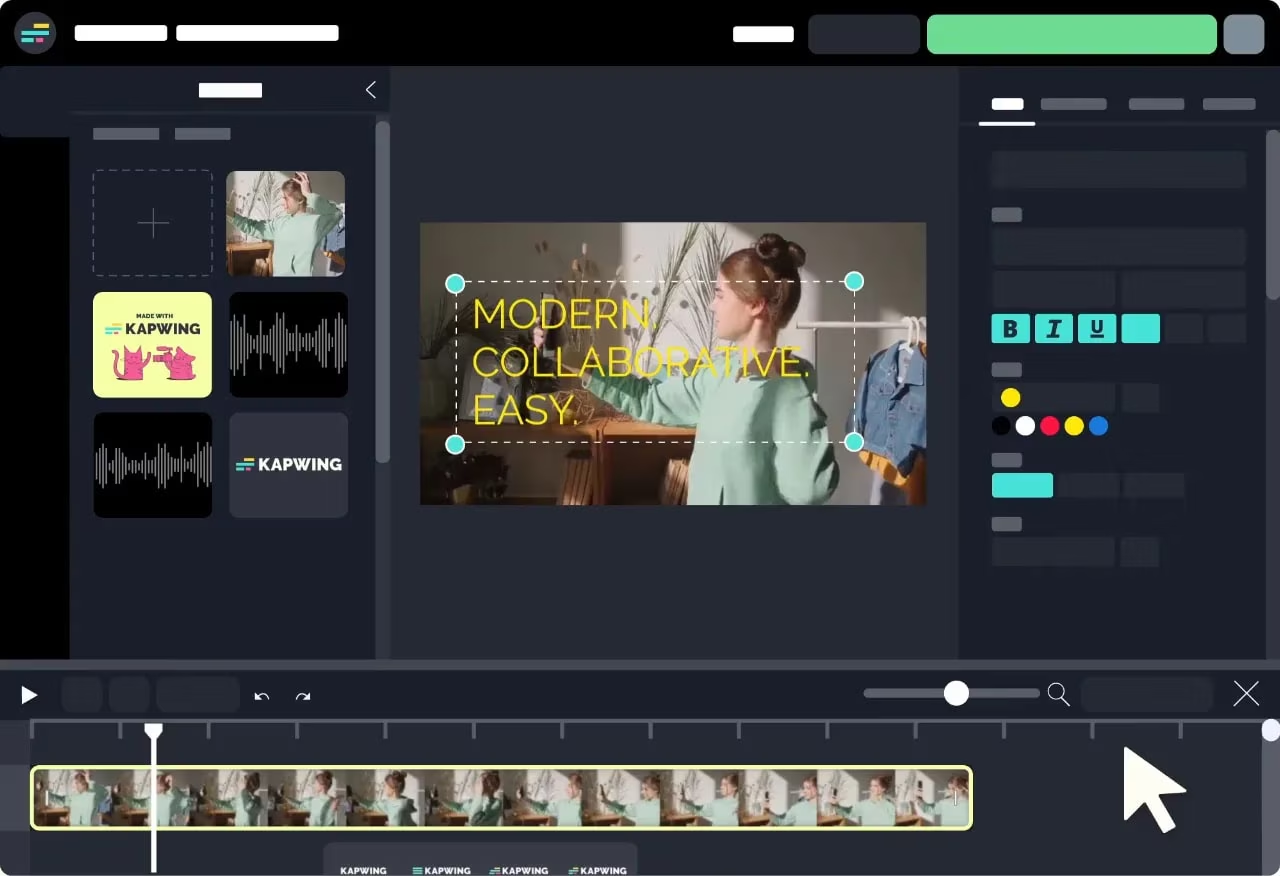Effective communication lies at the heart of every successful team. Whether in a small startup or a large corporation, how leaders connect with their teams can shape productivity, morale, and overall success. But how do you really know if your team’s communication is hitting the mark? This is where leadership survey templates become invaluable tools.
Why Team Communication Matters More Than Ever
Before diving into surveys, let’s understand why communication is a top priority for leadership today.
The Communication Challenge in Modern Teams
Teams today are more diverse, often working remotely, and juggling multiple communication channels. Misunderstandings, unclear expectations, and lack of feedback can create frustration and disconnect. Leaders who fail to spot these issues early risk reduced productivity, high turnover, and missed opportunities.
Communication Is a Two-Way Street
True leadership communication isn’t just about delivering messages but also about listening. Open, honest dialogue fosters trust, innovation, and engagement. Leaders must continually check in on how communication flows within their teams to ensure everyone feels heard and understood.
What Are Leadership Survey Templates?
Leadership survey templates are pre-designed questionnaires that help leaders gather feedback on how effectively they communicate with their teams. These templates typically include questions about clarity, responsiveness, approachability, and overall communication style.
Using templates saves time and ensures that the survey covers all essential aspects. They can be customised to fit the specific culture and needs of your team, making them versatile and easy to implement.
The Power of Using Leadership Survey Templates
1. Identify Communication Gaps Quickly
Without regular feedback, communication problems often go unnoticed until they escalate. Leadership survey templates help pinpoint specific pain points whether it’s unclear instructions, lack of updates, or ineffective meetings—allowing leaders to address them proactively.
2. Promote a Culture of Openness
Surveys signal to employees that their voices matter. When teams see that leaders genuinely seek feedback, they feel valued and more willing to share ideas and concerns openly.
3. Enhance Leadership Skills
Leadership is a continuous learning process. The insights gained from surveys offer leaders tangible areas for improvement, helping them develop better communication techniques, empathy, and responsiveness.
4. Boost Employee Engagement and Retention
Clear, consistent communication reduces misunderstandings and builds stronger relationships. Engaged employees are more loyal, motivated, and likely to stay with the organisation, saving costly turnover expenses.
Key Elements to Include in Your Leadership Survey Templates
Creating an effective leadership survey template involves asking the right questions that cover a broad range of communication aspects. Here are some essential areas to focus on:
Clarity of Communication
- Do you feel the instructions and expectations from leadership are clear and understandable?
- Are goals and objectives communicated in a way that helps you perform your role effectively?
Accessibility and Responsiveness
- How approachable do you find your team leader when you have questions or concerns?
- Does leadership respond promptly to your messages or requests?
Frequency and Quality of Feedback
- How often do you receive constructive feedback from your leader?
- Is the feedback specific and helpful for your professional growth?
Communication Channels
- Are the current communication channels (email, meetings, chats) effective for staying informed?
- Do you feel there is too much or too little communication from leadership?
Team Collaboration and Inclusion
- Does leadership encourage open dialogue and participation from all team members?
- Do you feel your ideas and opinions are valued during discussions?
Best Practices for Using Leadership Survey Templates
Implementing surveys effectively is just as important as designing them well. Here are some helpful tips to get the most valuable insights from your team with leadership survey templates:
1. Keep It Anonymous
To get honest and candid feedback, ensure anonymity. Employees should feel safe to express their true opinions without fear of repercussions.
2. Make It Simple and Brief
Avoid overwhelming your team with lengthy surveys. Aim for 10-15 well-crafted questions that cover key points without taking too much time.
3. Share Survey Results Transparently
Once the survey closes, share the findings openly with your team. This builds trust and shows that feedback leads to real action.
4. Develop an Action Plan
Feedback is only valuable if it leads to change. Identify priorities based on survey results and communicate your plan to improve communication.
5. Conduct Regular Surveys
Communication needs evolve, especially in dynamic environments. Schedule regular pulse surveys to continuously monitor and improve.
Customising Your Leadership Survey Templates
No two teams are the same, so customising your survey to fit your team’s culture and challenges is crucial.
Consider Your Team’s Communication Style
Some teams prefer informal chats, others thrive on structured meetings. Tailor questions to reflect how your team typically communicates.
Align with Organisational Goals
Include questions that reflect your company’s values or leadership principles to reinforce what matters most.
Include Open-Ended Questions
Alongside rating scales, open-ended questions provide rich qualitative insights. Examples:
- What do you appreciate most about how leadership communicates?
- What could leadership do differently to improve team communication?
Examples of Effective Leadership Survey Templates
To help you visualise how these surveys work, here are a few examples based on well-established templates:
Sample Questions for a Leadership Communication Survey
| Question | Type | Purpose |
| How clear are the instructions given by your team leader? | Rating (1-5) | Measure clarity |
| Does your leader encourage you to share your ideas freely? | Yes/No | Assess inclusivity |
| How often do you receive timely updates about team goals? | Multiple choice | Evaluate communication frequency |
| What suggestions do you have to improve communication? | Open-ended | Gain qualitative feedback |
How to Analyse and Act on Survey Results
Collecting feedback is only the beginning. The real value lies in how you interpret and apply the findings.
Look for Patterns
Focus on trends rather than individual comments. For instance, if many employees highlight unclear instructions, that’s a clear signal to improve messaging.
Prioritise Key Issues
Address the most critical communication barriers first. Whether it’s frequency, tone, or responsiveness, tackling the biggest pain points can lead to quick wins.
Share Improvements with the Team
Closing the feedback loop builds confidence. Inform your team about what changes will be made and when.
Monitor Progress
After implementing changes, run follow-up surveys to see if communication has improved. This reinforces your commitment and tracks progress.
Real-World Benefits: Leadership Survey Templates in Action
Many organisations report significant benefits after integrating leadership survey templates into their communication strategies:
- Increased Transparency: Employees feel more connected when leadership shares survey results and follows up with improvements.
- Stronger Team Cohesion: Open communication fosters trust and collaboration.
- Improved Problem Solving: Clearer communication reduces confusion and helps teams resolve issues faster.
- Better Leadership Development: Leaders gain insights into their communication strengths and weaknesses, accelerating their growth.
Common Challenges and How to Overcome Them
Despite their advantages, leadership surveys can face obstacles. Here are common challenges and solutions:
Low Participation Rates
If employees don’t complete surveys, the data won’t be representative. Encourage participation by explaining the survey’s purpose and ensuring anonymity.
Fear of Negative Feedback
Leaders may feel defensive about criticism. Approach feedback with an open mind and view it as an opportunity to improve.
Survey Fatigue
Too many surveys can overwhelm teams. Limit frequency and keep surveys concise.
Beyond Surveys: Complementary Communication Tools
While leadership survey templates are powerful, combining them with other tools can boost communication further:
- Regular One-on-Ones: Personal check-ins allow for deeper conversations.
- Team Meetings: Transparent discussions help clarify goals and expectations.
- Digital Collaboration Tools: Platforms like Slack or Microsoft Teams keep communication flowing.
- Training Sessions: Workshops on communication skills enhance leaders’ capabilities.
Making Communication Your Team’s Superpower
Great leadership hinges on great communication. By leveraging leadership survey templates, you gain a structured, insightful way to understand and improve how your team communicates.
Regular surveys combined with genuine follow-through build a culture where everyone feels heard, understood, and motivated to contribute their best.










